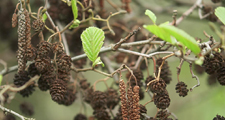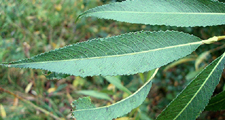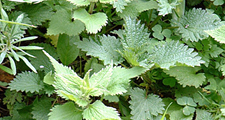Valley Fen Alder Woodland – W6
Alnus glutinosa – Urtica dioica Woodland
Region
Single site in Coalfield Pennine Fringe at Witton-le-Wear Nature Reserve. Likely to have occurred locally on alluvial terraces of river floodplains, flatts and carrs, particularly in the Wear Lowlands and Tees Lowlands.
Character
Carr woodland on river floodplains or fringing open water.
Geology
All
Soils
Moist eutrophic soils. Alluvial soils. Fen peats.
Species
Alder, Crack Willow, Downy Birch, Grey Willow and Elder.
Ground Flora and Fauna
Stinging Nettle, Bramble, Honeysuckle
Structure
Dominated by Alder, occasionally by Crack Willow, with an understorey of Grey Sallow.
Management Principles
- Periodic coppicing (10 -20 years) for firewood/charcoal markets can be beneficial to maintain ground flora & encourage butterflies. Avoid large scale or sudden changes – retain some large trees and mature coppice stools.
- Exclude livestock unless grazing is long established and known to be beneficial.
- Alder & willow regenerate freely on wet ground – planting is not always necessary.
- Maintain and increase the numbers of old trees and dead wood. Pulling over individual trees can allow light into the woodland floor and create valuable dead wood habitat.
- Avoid damage from the tracking of vehicles or poaching by stock
- Maintain areas of open ground.
Planting Sites for New Woods
Floodplain sites on alluvial soils. Flatts and carrs of lowland plains.
Design Principles
Simple planting mixtures of Alder and Grey Willow with smaller numbers of Birch and Crack Willow.
Further Information
Forestry Commission Forestry Practice Guide 8: Wet Woodlands can be downloaded from Forestry Commissions Publications pages.



